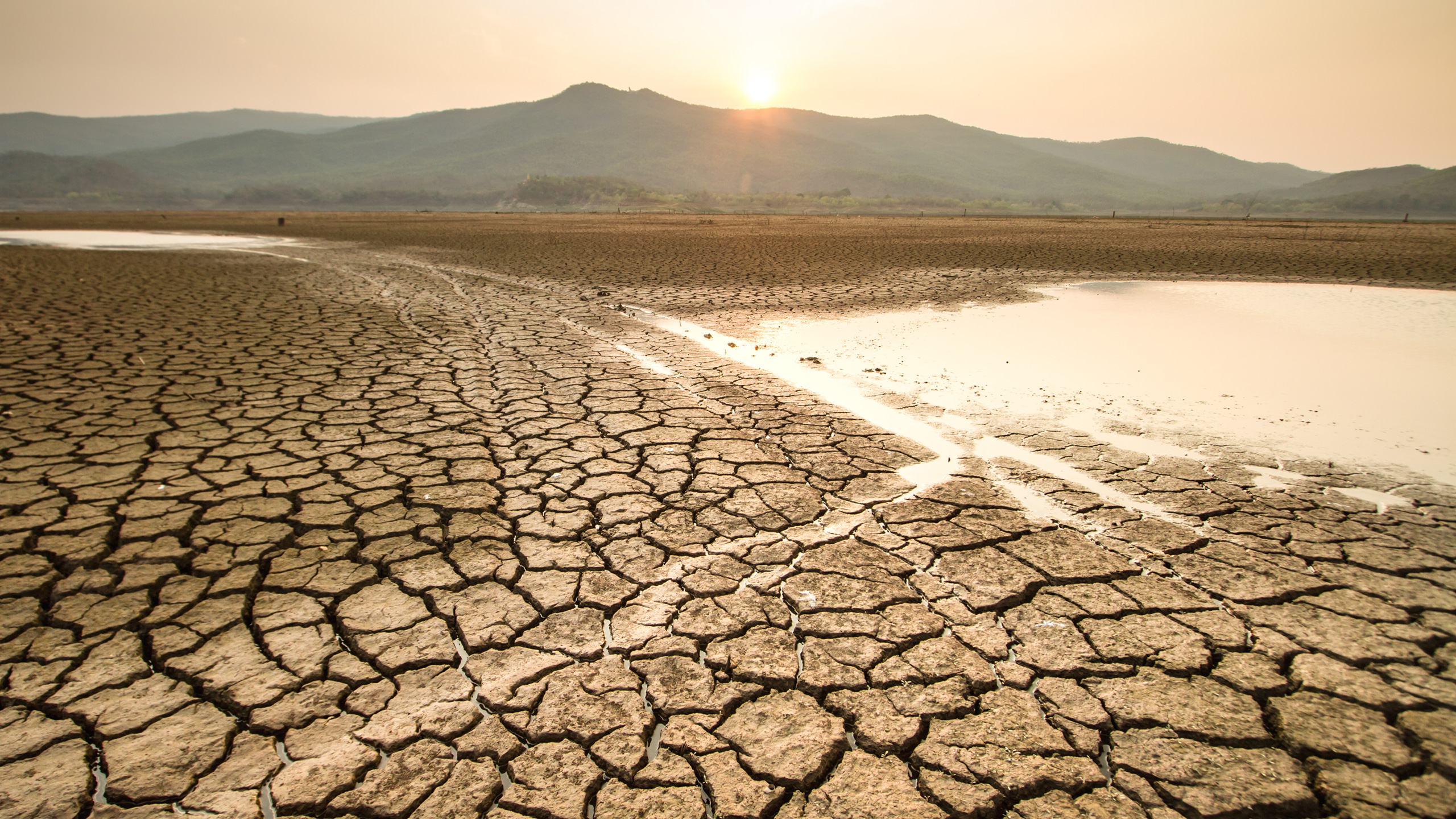The rhetoric we often hear about the climate crisis tends to set it somewhere in the future–that we need to change our habits and policies now before it’s too late, before climate changes become somehow more “real”—but the reality is that the crisis is here already, and getting worse. Climate change has already exacted a toll on us all; the cruelest effects, however, can be seen in the most vulnerable members of society. But who are they, exactly? There are huge swaths of people—beyond the elderly—that we perhaps haven’t fully considered when we talk about high-risk populations: pregnant people and children.

Dr. Rupa Basu, chief of the Air and Climate Epidemiology section at the California Environmental Protection Agency, addressed the effects of climate change on pregnant people, infants and children during a talk with the Brazelton Touchpoints Center and in a subsequent conversation with Early Learning Nation magazine.
The increase in temperature we’ve already seen has caused health problems and deaths for countless people around the world, and that number, says Dr. Basu, is severely under-reported. “We know that there’s a problem with reporting,” she said during her discussion. “Heat-related deaths or illnesses are only reported during heat waves—in epidemiology, we call [this] the surveillance bias—or when no other cause of death or illness is suspected.”
During her presentation to the Brazelton Center, Dr. Basu focused on the risks of climate change on pregnant people, discussing three epidemiological studies conducted by her team. The first covered higher temperatures and risk of preterm delivery. Published in 2010, it was the first large-scale study to look at pre-term deliveries and their relation to heat—in fact, it was the first to look at any adverse birth outcome related to increases in temperature. “And while this was conducted using California data,” Dr. Basu stressed, “the results now have been replicated using other data in other locations and we’ve seen very similar results.”
The overall result in this study showed an almost 9% increase, on average, in pre-term births: for every temperature change between 60 and 70 or 70 to 80 degrees, that 10-degree Fahrenheit increase would produce a 9% increase in preterm delivery. By comparison, she explained, “when we were looking at elderly populations, there was about a two, maybe a three percent increase [in cardiovascular mortality]. So while until recently, people who are pregnant were not even studied with heat exposure, the risk for pregnant people is actually much greater” than the risk to the elderly.
That 9% increase was averaged among different races and ethnicities. For white women, the risk was 6%, while Latina mothers had an 8% risk. Asian American Pacific Islander (AAPI) mothers had a 10% risk—but the highest risk of all was to Black mothers, at 15%. “All of these groups had a greater risk than white mothers, and that was a pretty unsurprising finding, but I think the magnitude, the fact that [the difference] between white and black mothers was two and a half times as high, was alarming to us.”
In another study, Dr. Basu’s group looked at the association between temperature and stillbirth. The increases in stillbirth lined up with increases in temperature during the warmer months. “The week prior to delivery,” she reported, “tends to be associated with the highest risk of [stillbirth].”
The last study Dr. Basu covered during her presentation focused on low birth weight, which showed that increased exposure to warmer temperatures in the third trimester had a direct impact on weight. Mothers who gave birth in months where the temperature was warmer than usual tended to give birth to infants with lower weights. “It’s again the warm season at the end, [in the] third trimester, that … tends to be what is driving this association.”
During our conversation, Dr. Basu went into more detail about the impact of increased temperatures on young children. At the time that she began her research on populations most affected by rising heat, she found that infants and children from zero to age 18 were at very high risk, in some ways, in fact, at higher risk than the over-65 population.
Why are children so affected? “It’s the thermoregulatory process in children,” she explained. “It just hasn’t developed.” (For pregnant people, their thermoregulatory process has changed, resulting in some of the same challenges.) This is especially problematic with climate change because nighttime temperatures are now increasing more than daytime temperatures, and this results in cumulative exposure that makes it especially difficult for anyone, but especially children and pregnant people, to thermoregulate.
How can parents and caregivers protect children? And how can pregnant people protect themselves? “The number one thing,” Dr. Basu stressed, “is health education. I don’t think a lot of parents are even aware of the fact that their children could be at higher risk. Young children particularly are at very high risk and are often not [mentioned] in heat alerts. And if the populations are missed in heat advisories, people don’t know that they’re at high risk, and if they don’t know that, they won’t be taking precautions.”
Even if there’s no heat advisory issued, Dr. Basu added that parents and caregivers should be aware that increased temperatures can still have an outsized effect on infants and children. “We don’t need to see extreme heat to see health effects.” After all, with their still-developing thermoregulatory systems, infants and children are far more sensitive to any changes in temperature. “I almost cringe every time I hear ‘extreme heat’ because it’s not just extreme heat. And I’m afraid that if people really focus on this extreme heat or wait for those heat events and don’t take precautions when it’s just a ‘normal’ summer, they might not be able to prevent these health events.”
Secondly, Dr. Basu emphasized the importance of recognizing signs of heat illness and dehydration. “There are symptoms for heat-related illness that people don’t really connect to the heat, particularly with pregnancy, including something like dizziness or dehydration that could cause vomiting. If you recognize these symptoms, cool the body down with showers—we don’t want super cold like ice baths, which could put the body into shock.” Seek out a local cooling center, if you don’t have air conditioning, and limit your exposure to the outdoors. “Drink extra fluids—electrolytes are very important.”
“I’m also a mom,” Dr. Basu said. “I have two kids. So I always think when there is some kind of climate change event, there’s a lot of confusion as to what to do.” Policy change needs to continue at the state and federal level: planting trees, creating community gardens, increasing green space, working to reduce greenhouse gas emissions. But for caregivers and their communities, education is key. “Learn and talk about these issues. Educate your children and other vulnerable populations. Keep track of local air quality, particularly during wildfire smoke exposure.”
The more we share this information, she said, the more we can prevent harmful and even tragic outcomes.
Alice Bradley is a Brooklyn-based writer and editor. She has written for numerous magazines and sites, including Salon, Health, Parents and Real Simple, and was a contributing editor to Creative Nonfiction. She co-wrote the humor book “Let’s Panic About Babies!”




